Original owner
Owners
The manuscript was made for the young man shown kneeling in prayer in front of a shrine (fol. 246r). The wording of the Confession prayer, which begins on the same page, suggests that he was being trained for a career in the Church. It is likely that he was associated with John de Warenne, 7th Earl of Surrey and Sussex (1286-1347), and his nephew and heir, Richard Fitzalan (c. 1313-1376), 3rd Earl of Arundel, both of whom were distinguished art patrons in East Anglia and influential figures at the court of Edward III. The only extant coat of arms in the volume (fol. 37v) has yet to be identified with certainty, but the gold, red and white colours of the herald’s banner on fol. 39r match the heraldic and livery colours of the earls of Arundel. A Dominican friar, depicted in the lower margin beneath Psalm 107 (fol. 158r), was most probably the young man’s confessor.
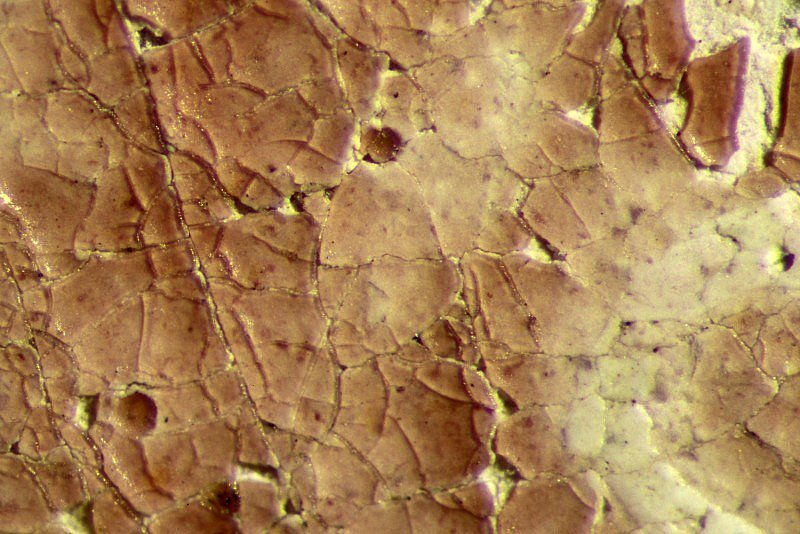
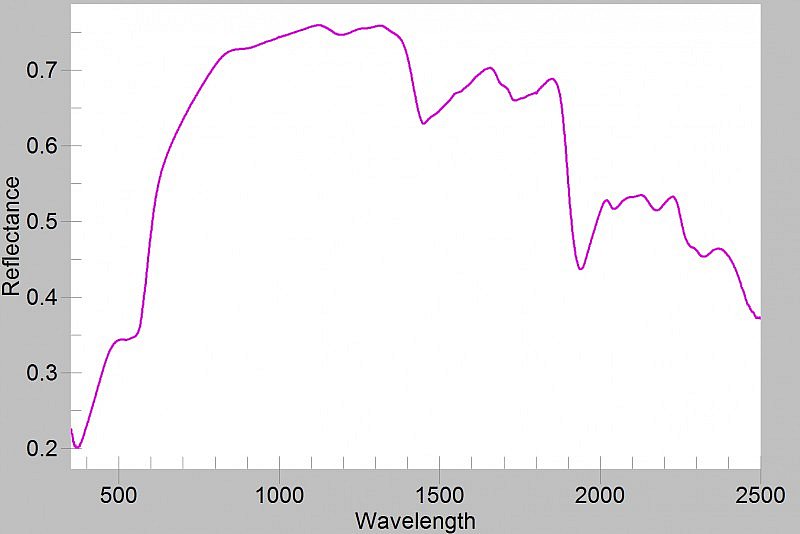
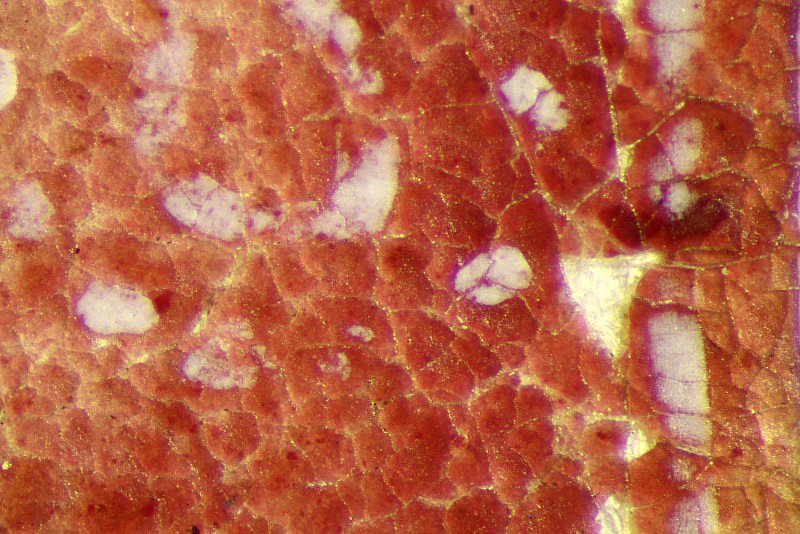
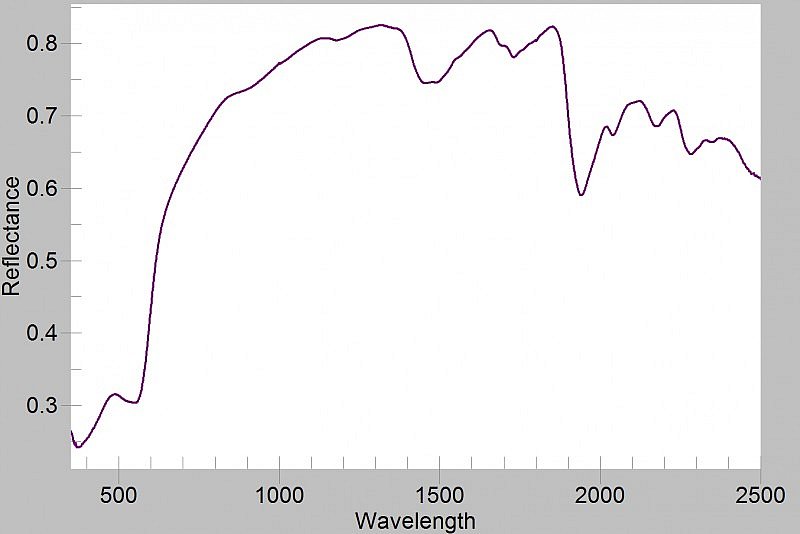
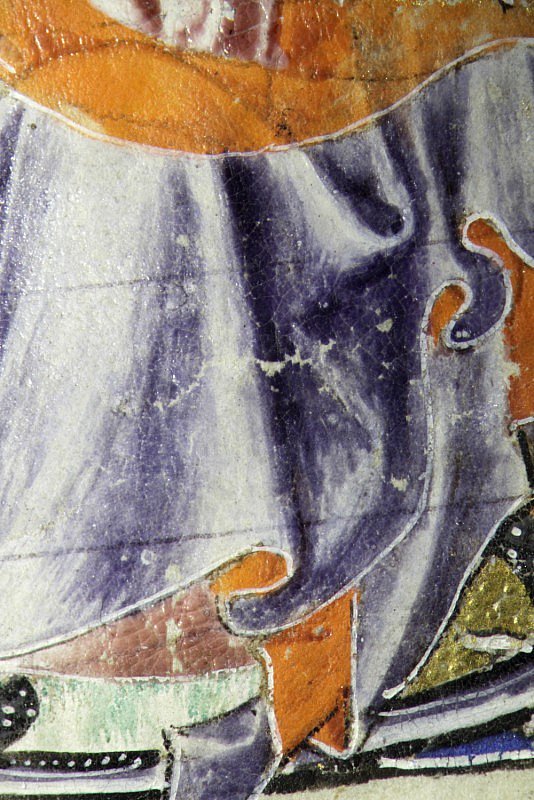
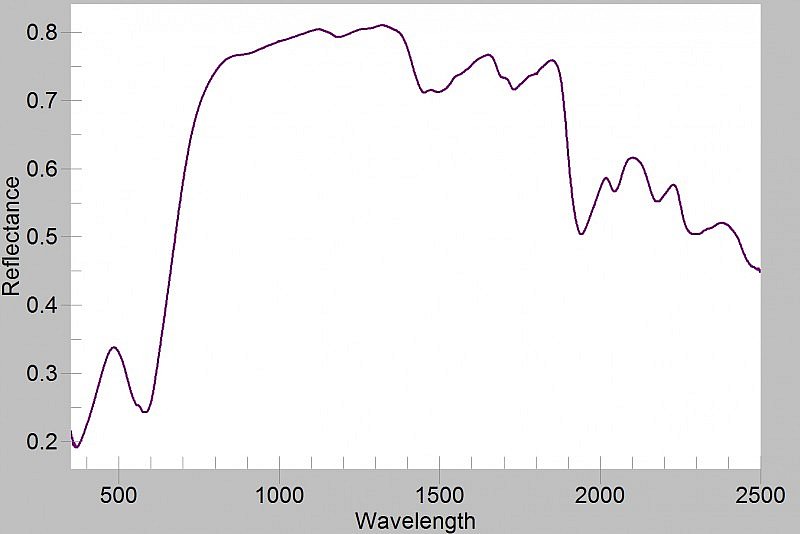
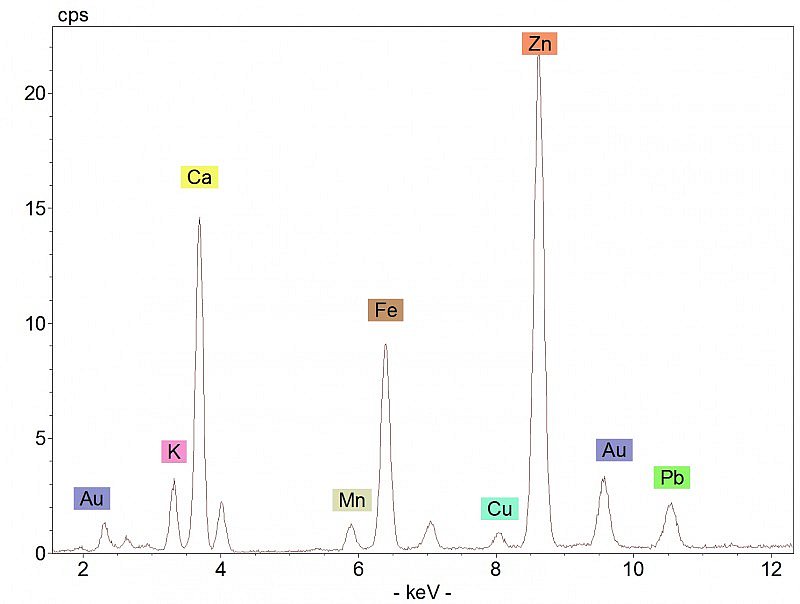
Historiated initial D: Anointing of King David (Psalm 26)
The initial for Psalm 26, showing the Anointing of David, is the main contribution of the Anointing Master, named after this image. The depiction of David, chosen by God to reign as king of Israel and Judah, was ultimately inspired by the biblical heading of the Psalm which states that the young David composed it before his anointing by the prophet Samuel. The initial extends into a full foliate border, incorporating heralds playing trumpets, hybrids, and busts within medallions. The gold, red and white colours of the herald’s banner, shown in the lower margin, match the heraldic and livery colours of the earls of Arundel who were probably associated with the patron of the manuscript.
This colourful page is characterised by a variety of purple, red, tan, light and dark pink hues obtained with different organic dyes, manufactured in different ways (hotspots 1-3). A red dye was also used for the shading on the orange mantle of the figure standing on David’s left side. The writing ink was also analysed on this page, and found to be a typical iron-gall ink which however contains an unusually high amount of zinc, suggesting the use of a specific recipe (hotspot 4).